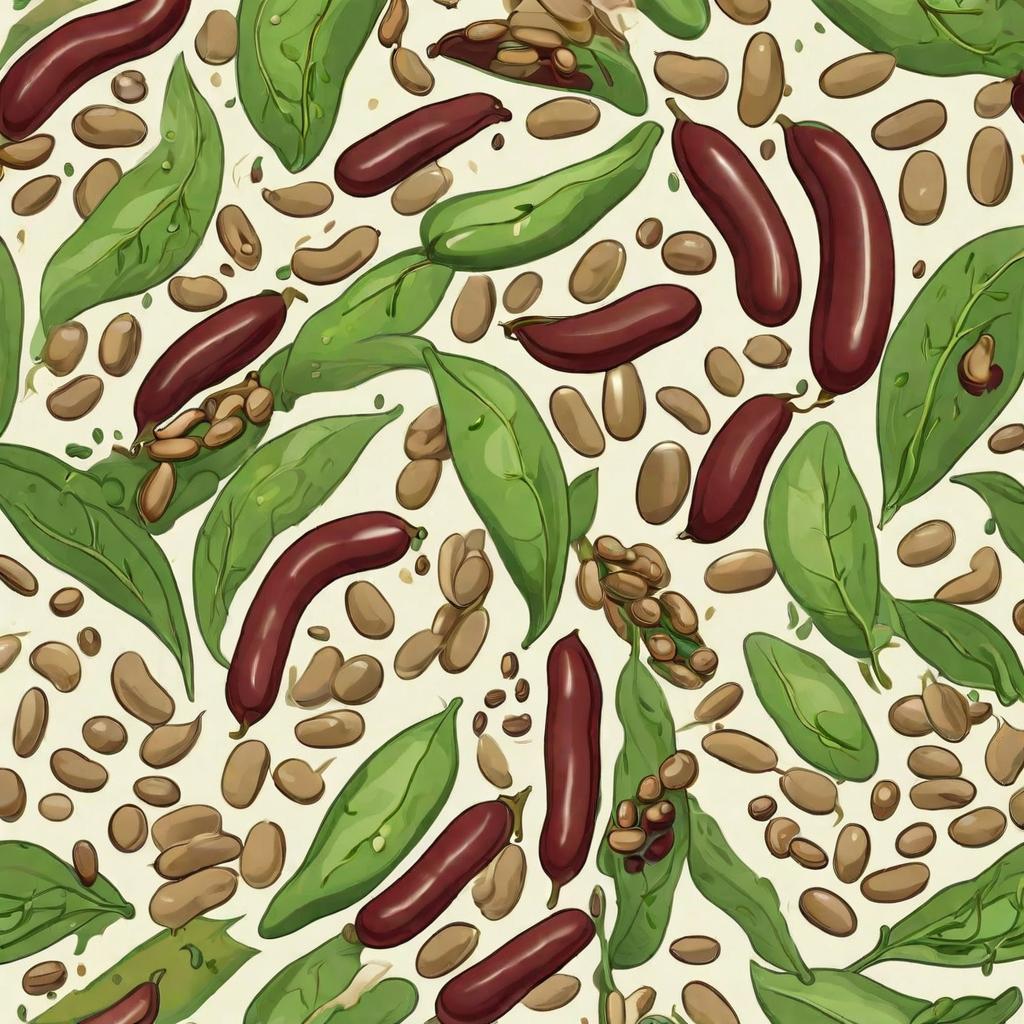
Fermentation can help reduce the levels of phytates in beans through the action of certain microorganisms, primarily lactic acid bacteria (LAB) and yeast. Phytates are naturally occurring compounds found in many plant-based foods, including beans, grains, nuts, and seeds. They can bind to minerals such as calcium, magnesium, iron, and zinc, forming insoluble complexes that reduce the bioavailability of these minerals to the body.
During fermentation, LAB and yeast produce enzymes, such as phytases, that break down phytates into simpler compounds. Phytases are capable of hydrolyzing the phosphate groups from phytate molecules, thereby reducing their ability to bind to minerals. This process, known as phytate degradation or phytate hydrolysis, increases the bioavailability of minerals in the fermented beans.
Additionally, fermentation creates an acidic environment, which further aids in the breakdown of phytates. The low pH environment promotes the activity of phytase enzymes and destabilizes the phytate-mineral complexes, facilitating the release of bound minerals.
As a result of fermentation, the levels of phytates in beans are reduced, which enhances the nutritional quality of the beans by increasing the availability of minerals for absorption by the body. This is one of the reasons why traditionally fermented foods, such as fermented beans (e.g., tempeh, miso), are often considered more nutritious compared to their non-fermented counterparts.